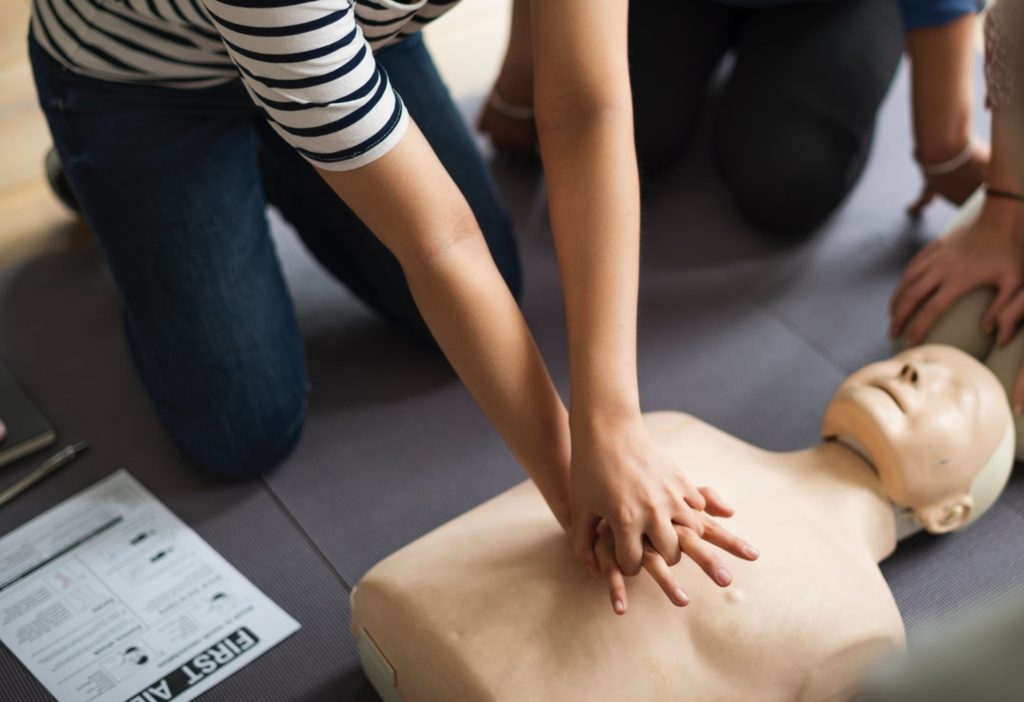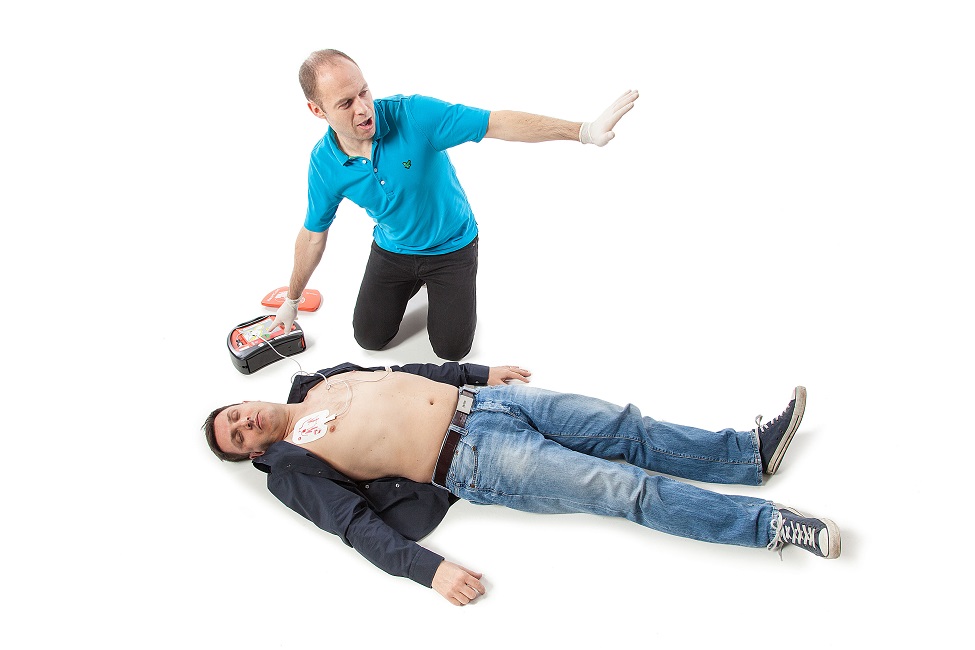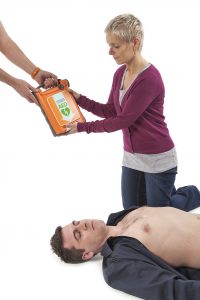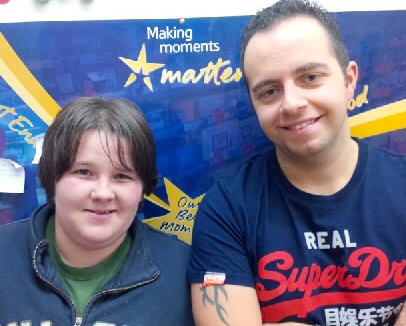Emergencies can strike anywhere and anytime. Whether you are at work, at home or just walking along the streets, accidents happen and they are often unforeseen. You may be extra careful with your actions to be prevent accidents, but there are instances when they do happen and you are the first person on the scene. If that happens, do you know what to do?
Reasons Behind Why First Aid Training Is Really Important at the Workplace
A lot of companies have invested in their employees to learn first aid and CPR training. This is a crucially important skill especially when faced with an emergency or disaster. The workplace is no stranger to emergency cases, with hundreds or even thousands of employees coming day in and day out, and with natural disasters such as earthquakes and fire that can happen anytime.
Learning first aid and CPR can be extremely helpful during emergency cases, from isolated and simple cases to complex cases. In these times, your first aid and CPR skill may be the only thing in between another person’s life and death.
- You Can Save Someone’s Life
In cases of emergencies and accidents in the workplace, medical responders may not be right on the scene immediately. However, the patient may need immediate help if they are severely injured, unable to move, breathe or in severe pain. The position of the patient after the accident and identifying the injury are two crucial factors for first aid. Knowing first aid and CPR will let you know how to respond in emergencies and accidents, how to position the patient properly and if they need CPR in severe cases. You can help keep the patient alive until the paramedics arrive and take over.
- You Can Save Money
For some companies, employers invest in first aid and CPR training and education of their employees is one way to save money, time and effort. For instance, employees who are trained and certified to respond on first aid cases can save time, effort and money of medical responders, especially if the patient has already been stabilized. In addition, a complete medical staff will not be required if employees are certified on first aid and CPR. Instead, employers can hire only a part of the medical staff such as one company doctor and nurse. Also, health insurance should provide to every employee for healthcare.
- You Can Relieve Someone’s Pain Instantly
There are many different kinds of accidents that can happen in the workplace and even more types of injuries, wounds and cuts that can happen in an accident. These injuries can be extremely painful for the patient and can even lead to major procedures when they are tended to in the hospital. Your role as the first responder in the scene is to assess the injury and intensity of pain that the patient is experiencing. When you identify the injury and cause of pain, you will be able to know what type of first aid to administer to relieve the pain and lessen the injury.
- Employees Will Be More Confident
For many employees, learning the skills of first aid and being certified for CPR is one way to make them feel more confident about themselves. When employees know that they are equipped to handle emergency cases and accidents, they become more confident in themselves which, in turn, will reflect in their own performances at work.
- Promotes Security
First aid training and CPR certification for employees will promote the feeling of security among staff, as they know that they can respond properly and effectively when accidents do happen. This promotes trust and confidence among staff tom know that they will be in good hands. In addition, knowing that their fellow employees are trained for first aid will make them feel more secure because they know that they will be tended to should there be any emergency situations.
Of course, it is fairly important to always remain calm and not to panic when faced with an emergency situation. Learning first aid and CPR will let you save someone in a literal life and death situation. You can learn more about how to act and react on these situations by taking an Online First Aid Class in addition to your training.




